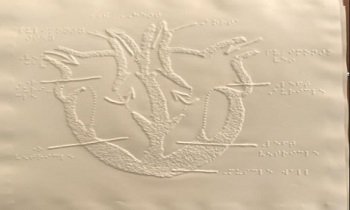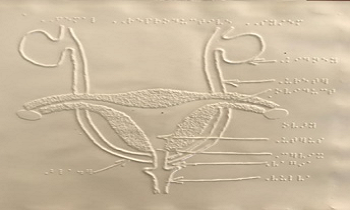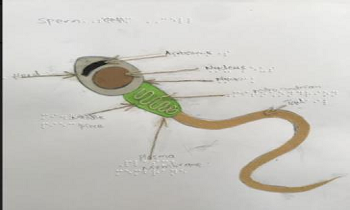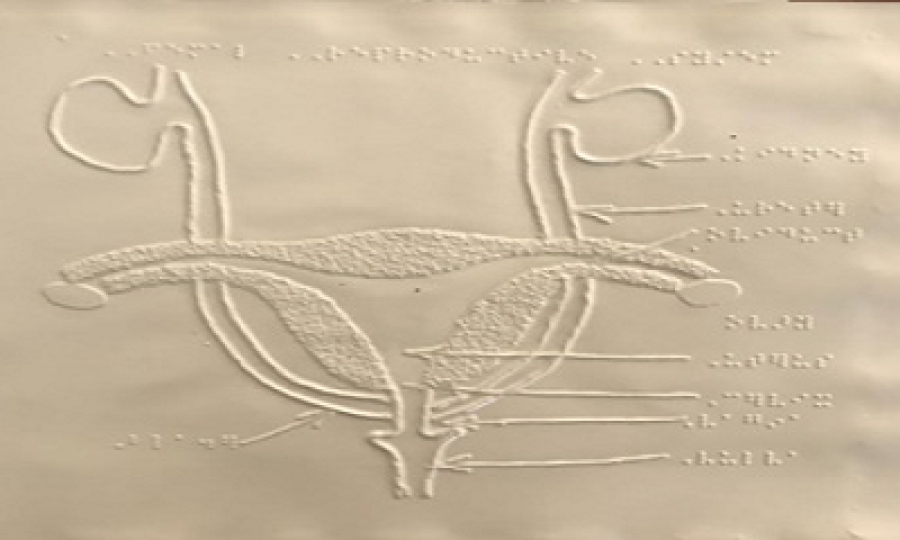Disability Mainstreaming: Biology Lessons for the Visually Impaired
By: Odhiambo John & Thuo Karanja
Research has shown that learners who are blind or visually impaired have the same range of cognitive abilities as other students. However, the predominant teaching methods heavily relying on vision are insufficient in meeting their needs. They cannot, therefore, appreciate anything around them because of their inability to see and synthesize whatever is within their vicinity. Moreover, blind and visually impaired learners' most reasonable accommodation and accessibility strategies involve adaptations to the physical environment, mobility and emotional aspects. This is more common for learners in mainstream education systems.
Blind and Visually-impaired learners have difficulties in accessing and applying science process skills since their vision is affected in one way or another. When engaged in practical work, it is seldom and mainly limited to elementary exercises that provide a little intellectual challenge with no opportunity for developing critical thinking and problem-solving skills.
Therefore, teachers must-have skills for planning lessons that demonstrate reasonable pedagogical accommodation of visually impaired learners. One way to enhance the potential of such learners to mitigate their challenges involves using Braille (for the total Blind) and large prints for the low vision learners. Braille enables learners to conceptualize what they cannot see; hence, tactile diagrams become necessary to help such learners develop their science processes to a level they could otherwise not reach. By touching or feeling the tactile diagrams with their fingers, blind or low visual learners are capable of learning concepts. Tactile diagrams are raised representations of graphical images adopted for the sense of touch. Tactile graphics can be pictures, maps, graphs and photographs (see attached photos)




Sample tactile resources for teaching biology for visually impaired learners
The Disability Mainstreaming Committee (DMC) at CEMASTEA, working with the assistance of the National Council for Persons with Disability (NCPWD) and Kenya Institute for the Blind(KIB), have developed a policy aimed at mainstreaming, among other issues, a pedagogy that is responsive to the needs of Persons with Disability (PWDs). The idea is to increase relevant teaching and learning resources available to the Blind and visually impaired regarding content and forms of information media that suit their needs. The disability mainstreaming committee is piloting tactile teaching and learning resources for use with Blind and Visually impaired learners in Moi Girls High School, Nairobi. The activity involves mainstreaming disability-friendly pedagogies to assist eight students at the school. The Centre will provide the learners with graphic tactile modifications for biological structures, starting with reproduction in humans and flowering plants, the circulatory system (heart) and the nervous system.
CEMASTEA is making efforts to ensure the participation of learners with Special Needs in the competency Based Curriculum STEM pathway. As the country progresses with implementing CBC, there is a need to empower teachers to handle learners with various forms of disabilities. CEMASTEA and Kilimanjaro Trust are forming a partnership to develop more teaching and learning resources for special-needs learners.

